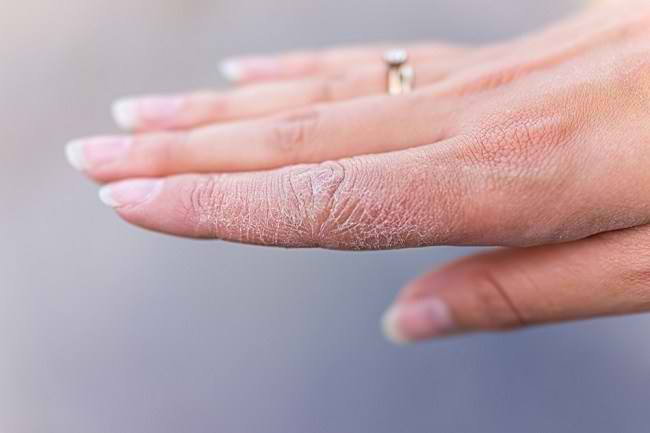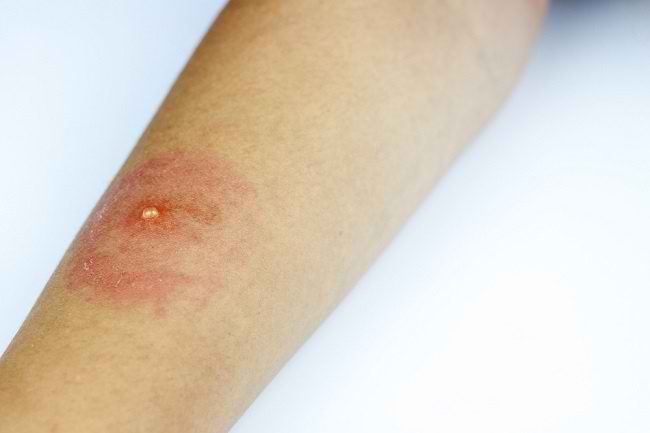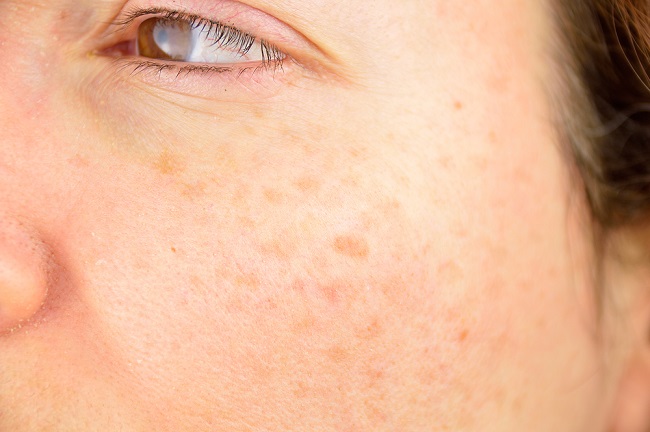Choosing the right sports shoes is an important preparation before exercising. In addition to having to match your foot size, sports shoes also need to be adjusted to the type of sport you do. That way, you can move around comfortably and not get injured.
The wrong choice of sports shoes can cause various complaints, ranging from toe blisters, heel spurs, shin pain, Morton's neuroma, ankle pain, back pain, knee pain, to hip pain.

Choosing Sports Shoes As Needed
For every type of sport, there are shoes that are specially designed, made and weighed. Besides being able to function better for these sports, these special shoes are usually and are able to protect the feet during exercise.
Here are some of the most commonly used types of sports shoes:
1. Shoes for running
Running shoes are made very flexible so the foot can bend freely every time the user steps. In order not to be easily damaged and not cause injury, running shoes should not be used for other types of sports, such as tennis which requires sideways movement.
2. Aerobic shoes
Just like running shoes, aerobic shoes should also be flexible. Aerobic exercise often involves jumping. So, shoes should have a strong support and soft cushions to protect the feet when landing.
3. Shoes for walking
Walking is one form of exercise that is very good for overall body health, especially heart and lung health. This sport requires shoes that can reduce pain in the heels and ankles.
Therefore, choose sports shoes that are lightweight, can support the arch of the foot properly, and are soft, with a slightly higher back sole. In addition, shoes for walking should also be stiffer in the front so that the toes are more comfortable.
4. Tennis shoes
In sports activities that use rackets, such as tennis and badminton, you need shoes that can support rapid, repetitive body movements from side to side and back to front or vice versa.
Usually, shoes for this type of sport are able to provide flexibility and balance on the inside and outside of the foot.
5. Basketball shoes
If you like playing basketball, choose shoes with thick, stiff soles for more balance when running on the court. To get extra balance, you can choose basketball shoes that cover the ankles to the ankles.
6. Soccer shoes
Shoes for soccer must be able to absorb a lot of pressure on the feet, especially when the game is played on artificial grass courts. If the shoes used do not fit, football players are at risk for calluses on the skin surface or impaired growth of toenails.
7. Shoes cross trainers
Sports shoes of this type usually consist of several combined functions so that they can be used in more than one sporting activity. Shoe cross trainers must at least have flexibility in the front of the foot and have good balance.
Tips for Buying Sports Shoes
Before deciding to buy sports shoes, consider the following:
- Visit a store that specializes in sports shoes. These stores usually have staff who are already knowledgeable about the shoes to suit your sporting needs.
- Buy shoes at the time of maximum foot size, ie late at night, after a day of activities, or after you exercise.
- Do not believe the notion that shoes will be more comfortable after use. Shoes should be comfortable from the first use. Use shoes to walk a few steps before buying.
- Bring the socks you usually wear when buying shoes. If you usually wear other equipment, such as extra insoles, wear them with the shoes you're trying on as well.
- Avoid shoes that fit too well. Between the shoe and the toe there should be about 1 cm of space. Make sure you can move all your toes when you put the shoes on.
- Make sure the heel with the shoe is firmly attached. Do not choose shoes that feel loose in the heel.
Keep in mind that sports shoes have a service life. Usually sports shoes need to be replaced after being used for approximately 6 months or 300 hours for aerobic exercise or about 480–800 kilometers for running.
In addition, you can also consider changing shoes when the back sole is damaged or when the shoes feel uncomfortable to wear for sports.
In choosing sports shoes, brand and price are not the main benchmark. Look at the suitability of the shoe to the shape of your foot and the type of exercise you do, the level of resistance, and the balance of the shoe.
If you have problems with your feet or ankles, such as arthritis, you should ask your doctor for recommendations to choose sports shoes that suit your needs and conditions.









